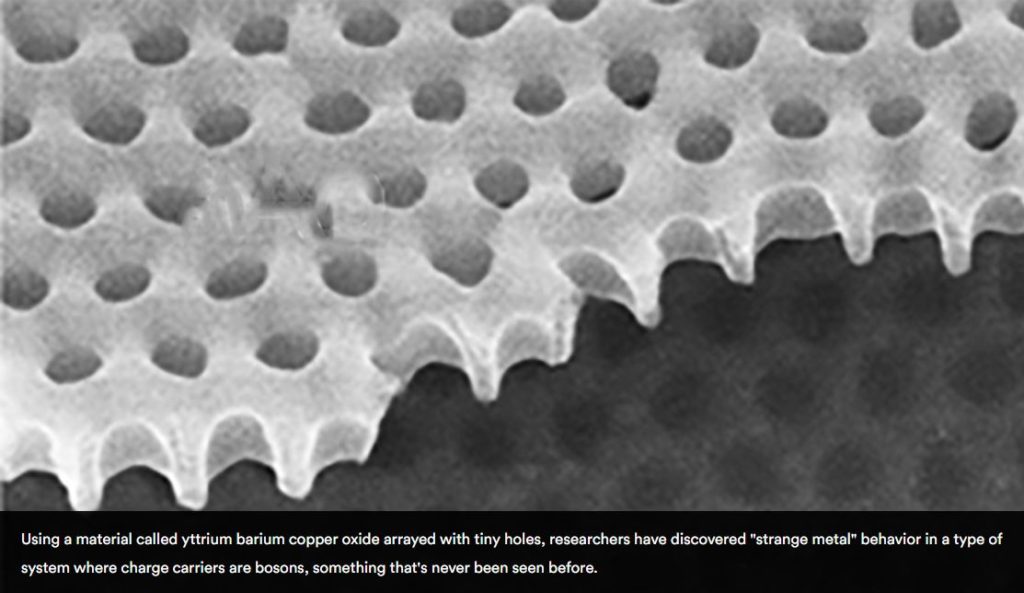
A new discovery could help scientists to understand ‘strange metals,’ a class of materials that are related to high-temperature superconductors and share fundamental quantum attributes with black holes.
Scientists understand quite well how temperature affects electrical conductance in most everyday metals like copper or silver. But in recent years, researchers have turned their attention to a class of materials that do not seem to follow the traditional electrical rules. Understanding these so-called “strange metals” could provide fundamental insights into the quantum world, and potentially help scientists understand strange phenomena like high-temperature superconductivity.
Now, a research team co-led by a Brown University physicist has added a new discovery to the strange meta...
Read More






Recent Comments